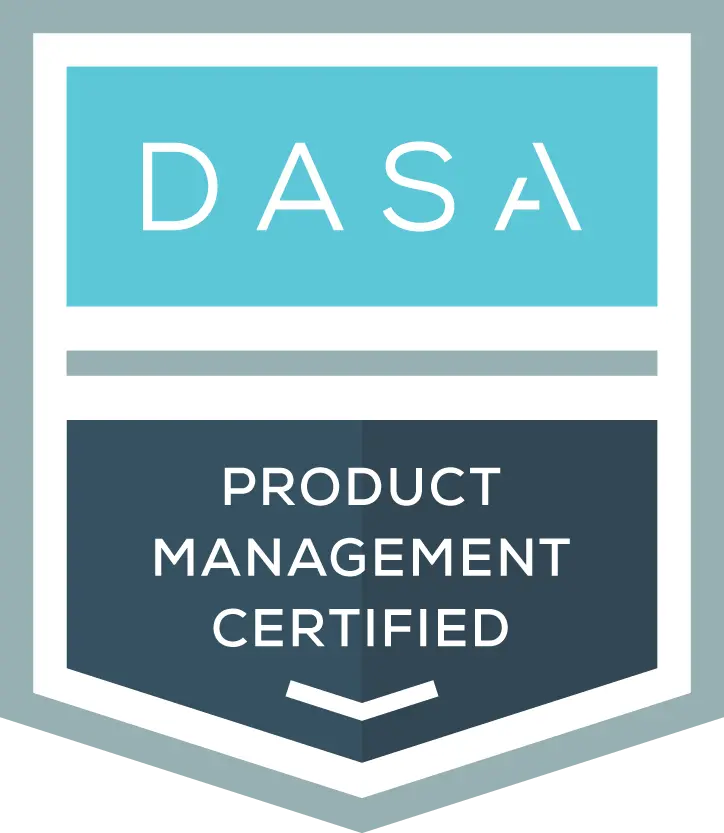In the DevOps environment, continuous iteration is a crucial strategy for keeping up with the demands of the modern market and ensuring that your products stay relevant and effective. This approach involves ensuring that each change brings you closer to the ultimate goals. The essence of continuous iteration lies in refining and improving products systematically over time, responding to user feedback, market shifts, and technological advancements with agility and insight.
This article explores continuous iteration in product management, emphasizing how focusing on outcomes helps teams effectively navigate development and discovery. By aligning efforts with organizational goals and customer needs, this approach is key to successful incremental delivery and innovation.
Continuous Iteration Cycle: Driving Product Success
The Continuous Iteration Cycle is a pivotal element in driving product success within the sphere of product management. By adopting this, teams commit to a process of ongoing evolution, where the product is not seen as a static offering but as a dynamic entity that grows and improves over time. This process is structured around iterations—defined periods, typically ranging from one to four weeks, during which teams plan, develop, test, and deliver a portion of the product that is ready to be used by customers.
Working in iterations embraces the philosophy of “failing fast” and learning iteratively. This approach allows teams to quickly identify what works and what doesn’t, making adjustments based on real feedback and performance data. The benefit here is twofold: it minimizes the risk associated with big releases by spreading out the development process into manageable chunks, and it ensures that the product is continually refined to better meet user needs and adapt to market changes.
This fosters a culture of constant improvement and responsiveness, encouraging teams to stay aligned with customer expectations and business objectives and ensuring that every iteration delivers value and drives the product closer to its ultimate vision. This iterative learning process not only accelerates the pace of innovation but also enhances the team’s ability to respond to feedback and pivot when necessary. As a result, products developed through continuous iteration are more likely to succeed in the competitive market landscape, as they are continually optimized and improved based on a deep understanding of user needs and market dynamics.
The Role of Benefit Tracking
Benefit tracking is a fundamental aspect of product management, serving as a systematic method to ensure that the anticipated outcomes of a project are achieved to their fullest extent. This process is not just about ticking off objectives; it’s about evaluating the impact of those objectives on the overall success of the product. By continuously monitoring and measuring the realization of these benefits, teams can ensure that their efforts and resources are directed toward initiatives that offer the most value. This vigilance helps maintain focus on the project’s goals and offers valuable insights into areas requiring improvement or adjustment.
Aligning product development with business goals and customer needs is one of the primary advantages of effective benefit tracking. It acts as a bridge, connecting the strategic vision of the company with the practical, everyday needs of its customers. Whether the product is designed for external users or to serve internal organizational purposes, benefit tracking ensures that every development effort contributes positively towards achieving these dual objectives. For external products, this might mean enhancing user satisfaction or market share, while for internal tools, it could involve improving operational efficiency or employee satisfaction.
The benefits a product delivers can vary widely, depending on its target audience:
- For external-facing products, benefits might include solving a specific customer problem, providing value through entertainment, or simplifying a complex task.
- For internal-facing products, benefits could range from streamlining workflows to reducing costs or improving the quality of work. Regardless of the audience, the key to successful benefit tracking lies in identifying and measuring these benefits accurately.
To this end, the key elements of benefit tracking include both qualitative and quantitative metrics, customer feedback, and market trends:
- Qualitative metrics might encompass user satisfaction surveys or reviews, which provide insights into how customers feel about the product.
- Quantitative metrics, on the other hand, could include usage statistics, sales numbers, or efficiency improvements, offering a more objective measure of the product’s impact.
Additionally, staying attuned to customer feedback and market trends allows teams to anticipate shifts in needs or preferences, ensuring that the product remains relevant and continues to deliver value over time.
Components of the Product Performance Matrix
The Product Performance Matrix is a tool that helps in evaluating how well a product is doing by looking at different aspects of its performance. This matrix includes factors like how much users are engaging with the product, the impact it has on revenue, how satisfied customers are, and how efficiently the product development process is running. These components are crucial for understanding where a product stands in the market and where it needs improvement. For instance, user engagement metrics can tell you if people find your product useful or enjoyable, while revenue impact offers a clear view of its financial success. Customer satisfaction scores give insight into how happy users are with your product, and operational efficiency measures how smoothly your product development is going.
Connecting these components to the overall purpose of the article, it’s clear that understanding and improving upon these aspects are key to achieving incremental product delivery and discovery. By regularly checking these metrics, teams can make informed decisions about where to focus their efforts in order to make meaningful improvements to the product. This continuous cycle of evaluation and enhancement ensures that each product increment not only adds value but also aligns with the strategic goals of the business and evolving needs of the customers.
CI/CD in Action: Enhancing Product Delivery and Quality
Continuous Integration (CI) and Continuous Delivery (CD) play pivotal roles in modern product management by streamlining the development and delivery processes. These practices enhance the quality and reliability of software releases.
- CI automates the merging of code changes from various contributors into a single project, significantly improving team collaboration and reducing the chances of integration issues. This automation also aids in the early detection of defects, ensuring that problems are addressed promptly, thereby maintaining the integrity and progress of the development cycle.
- CI/CD enables faster, more reliable, and more frequent product iterations. The seamless integration of CI practices ensures that software is constantly in a state ready for delivery, while CD automates the deployment process, allowing software to be released to end-users with minimal manual intervention. This not only accelerates the time to market but also enhances the software’s quality, as each release is thoroughly tested and vetted before deployment.
- The agility afforded by CI/CD means that products can be iterated upon quickly in response to user feedback or emerging market trends, ensuring that the product remains competitive and aligned with user needs.
- Beyond facilitating new developments, CI/CD significantly increases a team’s responsiveness to production issues, bugs, and other operational challenges. This is crucial for maintaining high levels of user satisfaction and trust, as it enables teams to quickly address and rectify any issues that arise post-release.
The continuous nature of CI/CD practices means that solutions to problems can be developed, tested, and deployed swiftly, minimizing downtime or adverse user experiences. This agile response mechanism is a key benefit of adopting CI/CD in product management, as it ensures that products are not only developed and delivered more efficiently but are also supported and improved upon throughout their lifecycle with unmatched responsiveness and reliability.
Best Practices for Implementing Incremental Product Delivery
Adopting incremental product delivery is a strategic move that hinges on being agile and adaptable.
- At the heart of this is a customer-centric mindset, which places the needs and experiences of the customer at the forefront of all product development activities. When every decision in the product development cycle is aimed at enhancing the customer journey, organizations are able to build stronger connections with their audience and develop solutions that truly address their needs. This focus ensures that the products delivered are not just incremental in nature but are also significant improvements that resonate with users.
- The agility required for effective incremental delivery is often supported by agile methodologies like Scrum or Kanban. These methods allow teams to quickly respond to feedback and evolving requirements, enabling faster and more effective iterations.
- This is further bolstered by data-driven decision-making, where analytics and benefit tracking guide strategic decisions and help prioritize features that add the most value. This ensures that each iteration is closely aligned with customer expectations and contributes positively to the product’s overall value proposition.
- Cultivating a culture of continuous improvement is crucial for maintaining momentum and fostering innovation. This culture, deeply embedded in the DASA DevOps principles, emphasizes the importance of constantly evaluating and refining systems, processes, and products. Embracing this mindset allows organizations to learn from every outcome, successful or otherwise, leading to enhanced efficiency, quality, and value delivery.
By centering strategies around customer needs, leveraging agile methodologies, making informed decisions based on data, and fostering a culture of continuous improvement, organizations can refine their product management practices.


DASA Product Management
Fosters a product-centric mindset through strategic alignment of product vision with business goals, market analysis, and lifecycle management.

